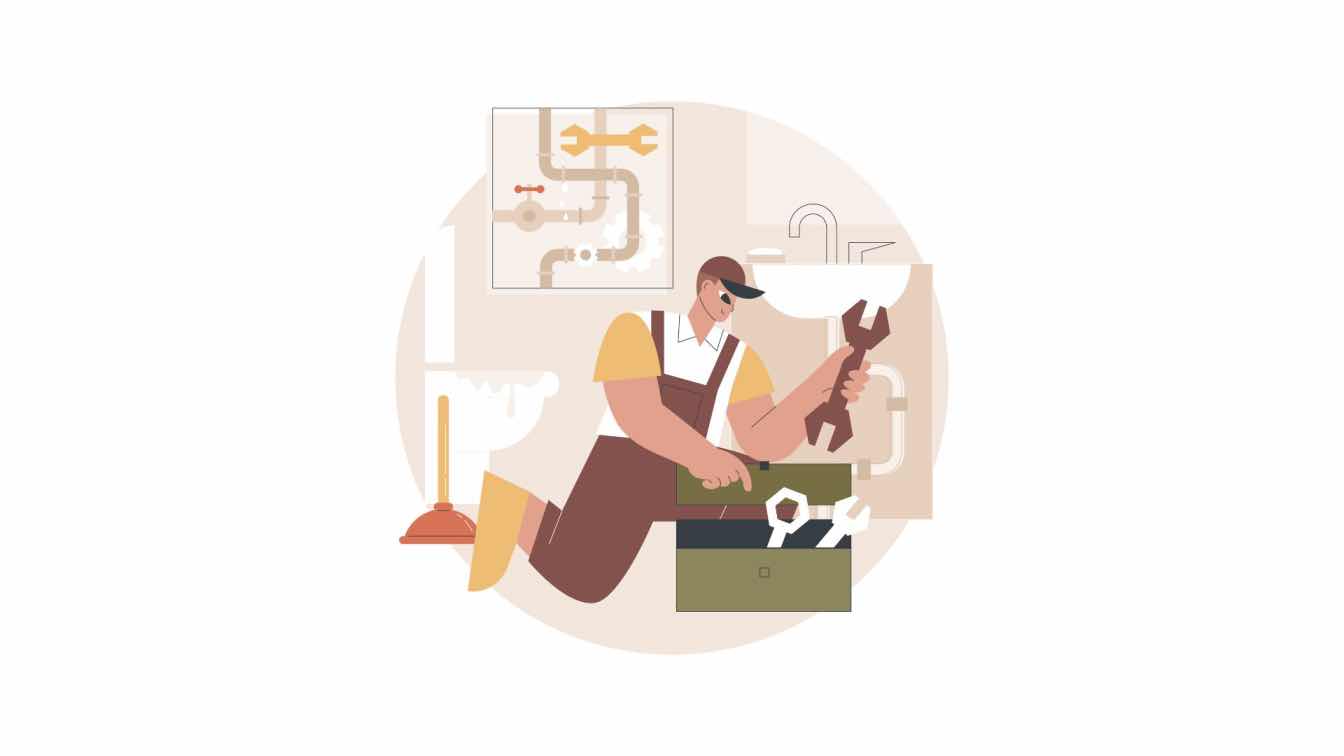Do you have valuable antiques, statues, or heavy furniture? Moving them can be more difficult than you imagine. Your valuables need some TLC, no matter how far you will be moving. When you are caught up in the stress of moving, you may neglect your valuables, causing significant damage.
Therefore, it is important to enlist the services of a professional. They will make sure your valuables get to your destination safely and on time.
Here are a few more tips to perfect the art of relocating antiques, statues, and heavy furniture.
1. Start With a Plan
Create a plan for your move before anything else. Write down a list of all your large and heavy items and determine where you'll be moving them to. Once you understand the terrain between points A and B, you can devise a navigation strategy. Take note of all challenges and obstacles you may experience and plan to navigate them.
These include other furniture pieces, elevators, stairs, and doorways. Anticipating the obstacles reduces the risk of damage to your stuff. It can also help you predict your moving time and the number of people that need to be involved.
2. Research On the Safest Moving Techniques
When working without the help of professionals, you always risk injury or damage to your items. Therefore, you must research the best ways to move different items.
Here are a few critical tips to keep in mind:
- Don’t twist your body in the middle of a lift
- Bend at your knees rather than your waist when lifting heavy furniture
- Pack your antiques and statutes in separate boxes
- Wrap antique pieces in at least two layers of bubble wrap
3. Unloading
Unloading is just as important as loading up your truck. If you are careless, you could damage your items after reaching your final destination. Whether you are moving your items across states or to a different room of your home, you must ensure that the unloading process is handled properly. Consider getting unloading equipment or asking for extra help.
Large Fragile Pieces
Heavy-duty picture boxes are ideal for packing mirrors, canvas prints, and large artwork frames. If you have delicate glass pieces, apply masking tape across the surface to keep them from cracking or breaking.
Follow these steps for safe packaging:
- Wrap your piece in brown paper
- Protect the corners with heavy-duty protectors
- Cover the back and front of the item with at least two layers of bubble wrap for extra cushioning
- Tuck the item into an appropriate box and seal securely.
Small Fragile Items
Small antiques are often overlooked during relocation. However, you must pack them carefully to avoid damage. Wrap the individual items with brown paper and then bubble wrap for additional padding.
Line a cardboard box with foam padding and arrange your items into the box. Keep them in a vertical position to minimize the risk of damage.
Get Professional Help
If you will be moving long distance, it is crucial to work with a professional. Finding a reliable mover simplifies the process and minimizes the risk of property damage, especially over long distance.
Your movers will help you through the processes of packing, transporting, and unpacking your items. Since they are experienced in moving similar items, they know the risks to anticipate and ways to cut down on moving costs.
The process of relocating heavy furniture, antiques, and statutes requires time and patience. You must take measures to protect the items before and after moving them.
Research on the safest techniques and get professional help when necessary. While you can do the job yourself, involving professional movers is a great idea. It can save you time and money, especially when moving long distances.





